Moto Ise Kono Shrine & Manai Shrine
I wanted to drink the water of Ama no Manai, so I went to Kono Shrine’s Okumiya (rear shrine) “Manai Shrine” to draw water!
In the northern part of Kyoto Prefecture, in the scenic spot of Miyazu Bay, on the north side of the special scenic spot “Amanohashidate“, “Kono Shrine” is enshrined. “Kono Shrine” has a legend that Amaterasu Omikami moved from this place to Ise Jingu Shrine in Mie Prefecture during the reign of the 11th Emperor Suinin, and Toyouke no Omikami during the reign of the 21st Emperor Yuryaku. Therefore, it is a highly prestigious old shrine called “Moto Ise (original Ise, former Ise).” By the way, the “Kaifu family” has served as the chief priest of Kono Shrine for generations, and the manuscript (early Heian period) of the family tree (“Kaifu family tree”) is designated as a national treasure. The current head priest is the 82nd head of the family, counting from the ancestral deity Amanohoakari no Mikoto (also known as Nigihayahi no Mikoto).
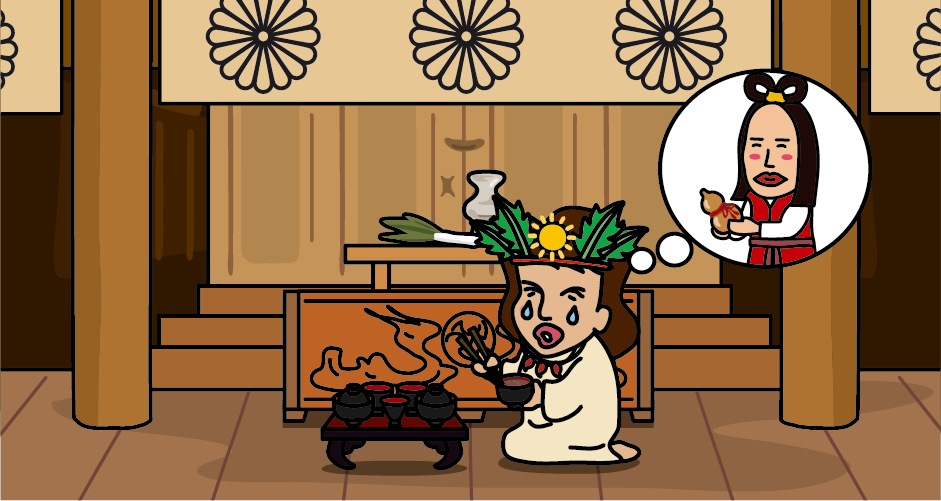
As an episode in which Amaterasu Omikami and Toyouke no Omikami were moved to Ise, it is said that Amaterasu Omikami appeared at the bedside of Emperor Yuryaku, and she said “I can’t eat in peace by myself, so call Toyouke no Omikami nearby.”
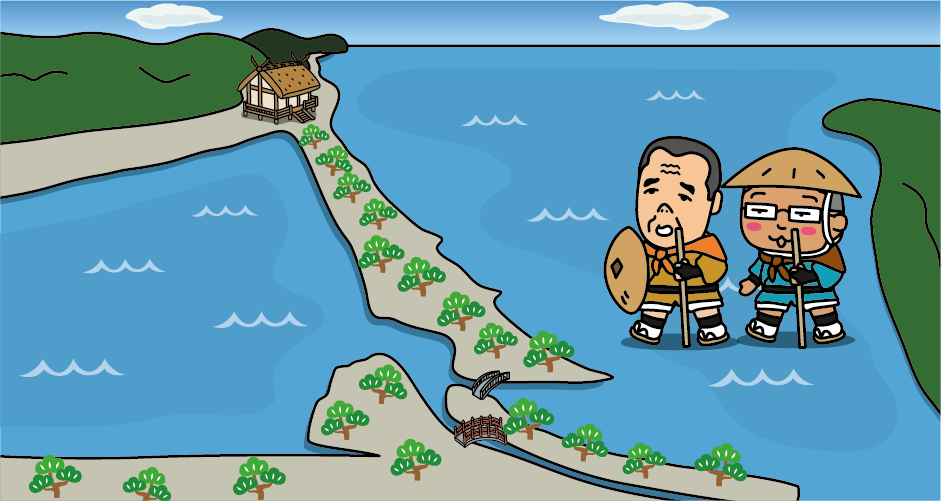
By the way, Amanohashidate has long been regarded as the approach to Kono Shrine, and has been believed as a bridge that connects “heaven and earth” and “gods and people.”
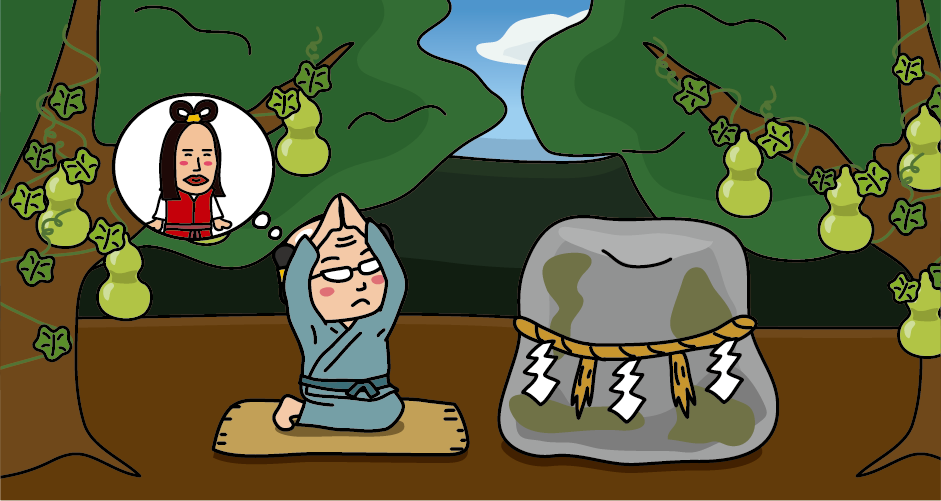
In the age of Japanese mythology, Kono Shrine was called “Yosa Miya (Yosa Shrine)”. Yosa means a sacred gourd called “Ama no Yosazura.” When Amanokaguyama no Mikoto (the son of Nigihayahi no Mikoto) enshrined Toyouke no Omikami at Manaihara (the place where Manai Shrine is currently enshrined), Ama no Yosazura was born in the sanctuary. It is said that the origin of the name “Yosa Miya” is that water was poured into this sacred gourd and offered as an offering., and is also said to became the origin of the place name ‘Yosa’.
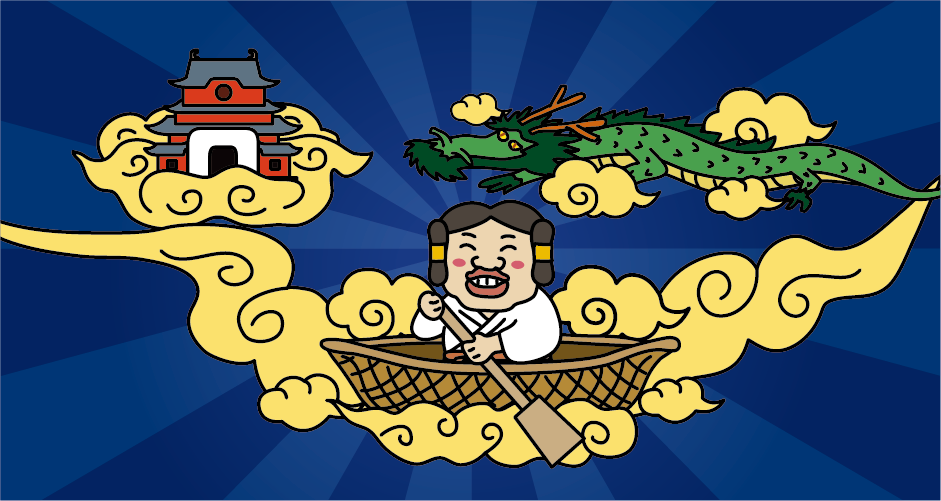
After Amaterasu Omikami and Toyouke no Omikami moved to Ise, the main shrine was moved from the site of Manai Shrine (Yosa Miya) to the present location of Kono Shrine, and the name of the shrine was changed from Yosa Miya to Kono Miya. The name “Kono Shrine” comes from a legend that the ancestor deity Ama-no-Hoakari no Mikoto went to the palace of the sea gods (Ryugu Shrine) on a basket boat woven from bamboo. Incidentally, in Japanese, basket is pronounced as Kago. “Kago” was corrupted and became “Kono.”
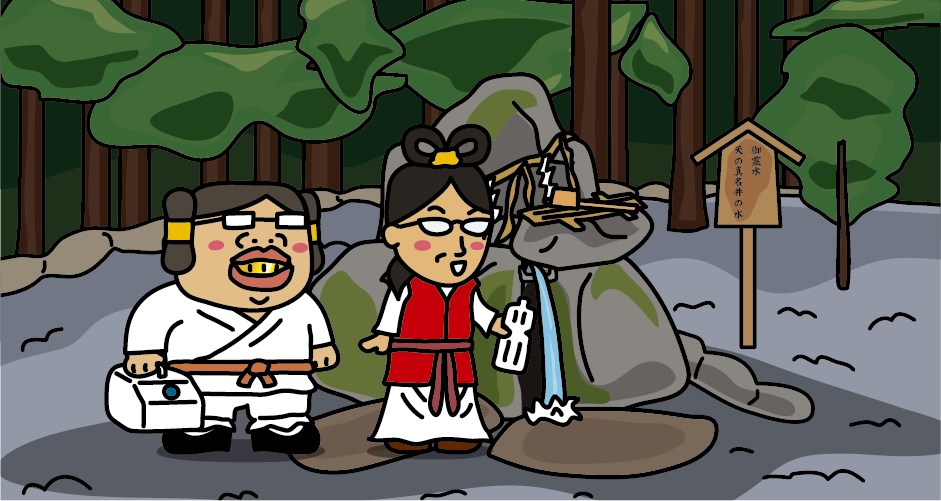
Manai Shrine is the rear shrine of Kono Shrine. In the precincts, the sacred water of “Ama no Manai” springs up. It is said that this sacred water was drawn from Takamagahara (the world of the gods) by Amenomurakumo no Mikoto, the third head of the Kaifu family, the chief priest of Kono Shrine.
By the way, regarding the water of Ama no Manai in Takachiho, when Ninigi no Mikoto descended to Takachiho (Tenson Korin), there was no water on the ground. so Ninigi no Mikoto returned to Takamagahara again and it is a myth that he transferred the water seeds of Ama no Manai to Takachiho, Izumo and Ise.
Access to Kono Shrine
From Tokyo
It takes about 2 hours and 30 minutes from JR Tokyo Station to JR Kyoto Station by Tokaido Shinkansen.
From Osaka
It takes about 15 minutes by Tokaido Shinkansen from JR Shin-Osaka Station to JR Kyoto Station.
Transfer to the limited express Hashidate at JR Kyoto Station and it takes about 2 hours to Miyazu Station or Amanohashidate Station on the Kyoto Tango Railway.
Alternatively, at JR Kyoto Station, transfer to the JR Sanin Main Line (limited express) to JR Fukuchiyama Station, about 1 hour 30 minutes. At JR Fukuchiyama Station, transfer to the Kyoto Tango Railway Miyafuku Line to Miyazu Station, about 50 minutes. After getting off at Miyazu Station, it takes about 40 minutes from Miyazu Station bus stop to Amanohashidate Motoise Kono-jinja bus stop.
Alternatively, transfer to the Kyoto Tango Railway Miyatoyo Line at Miyazu Station and it takes about 6 minutes to Amanohashidate Station. Get off at Amanohashidate Station. If you go through Amanohashidate, it takes about 60 minutes on foot or 20 minutes by bicycle to Kono Shrine.




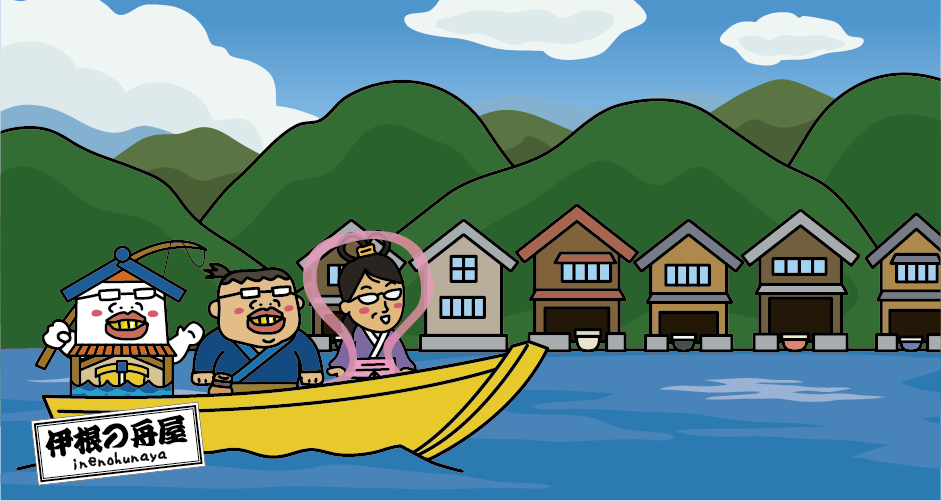
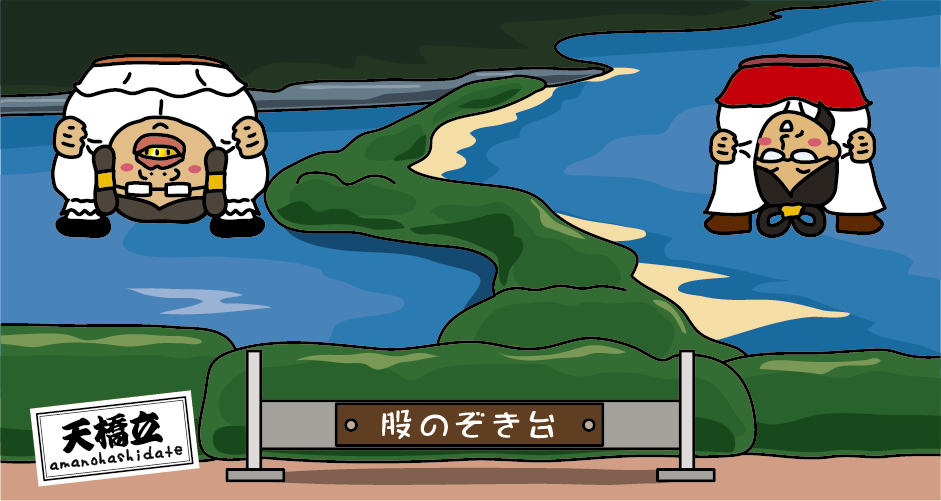
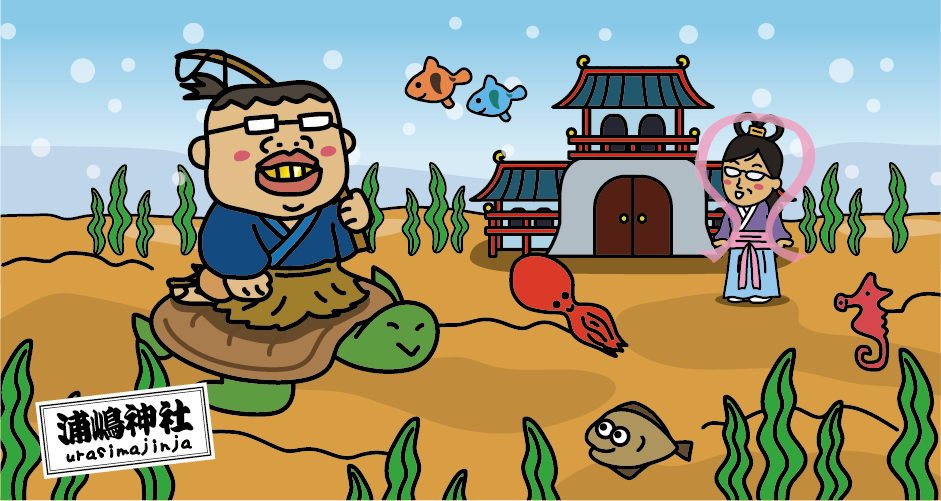
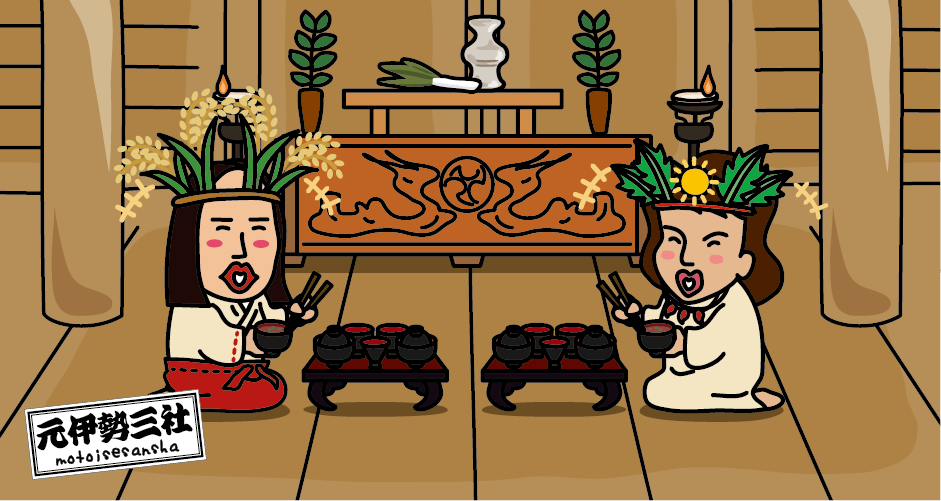
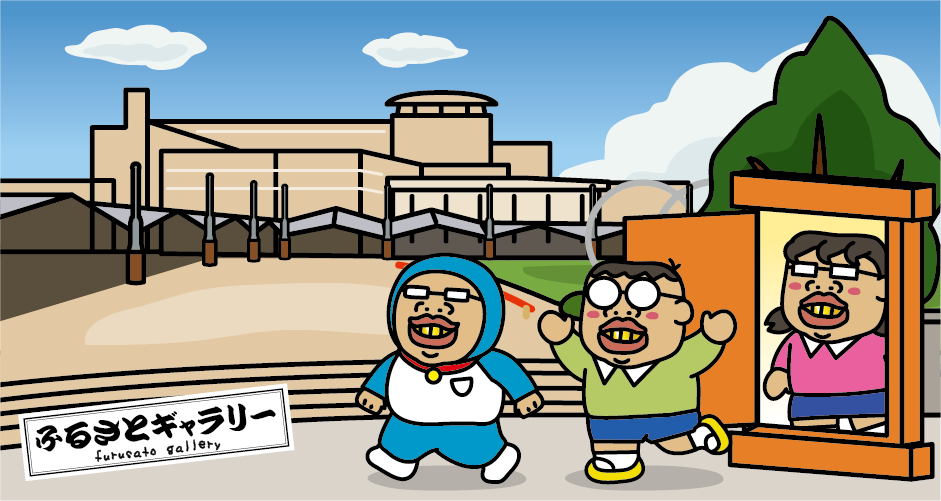

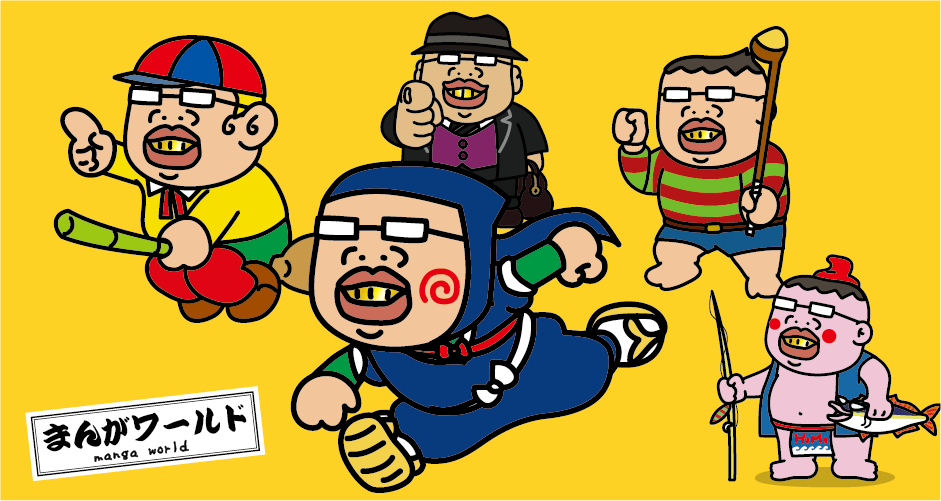
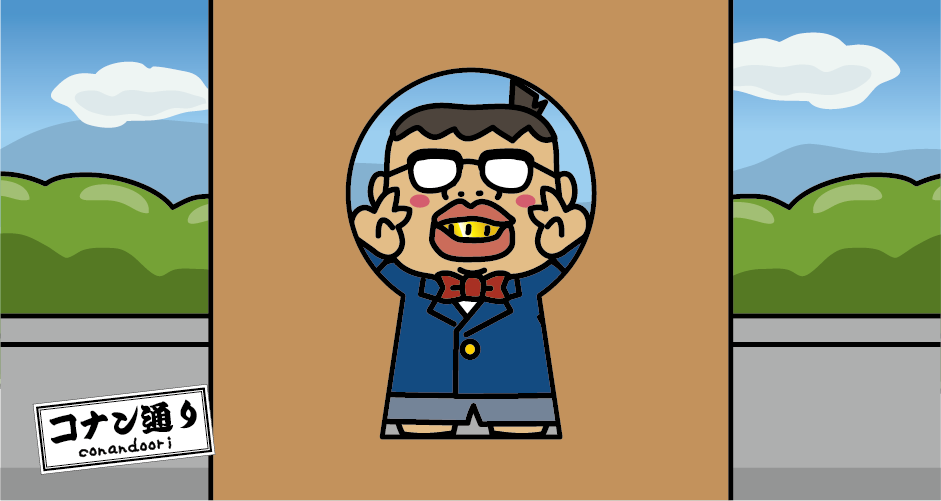


You need to login to comment on an article.